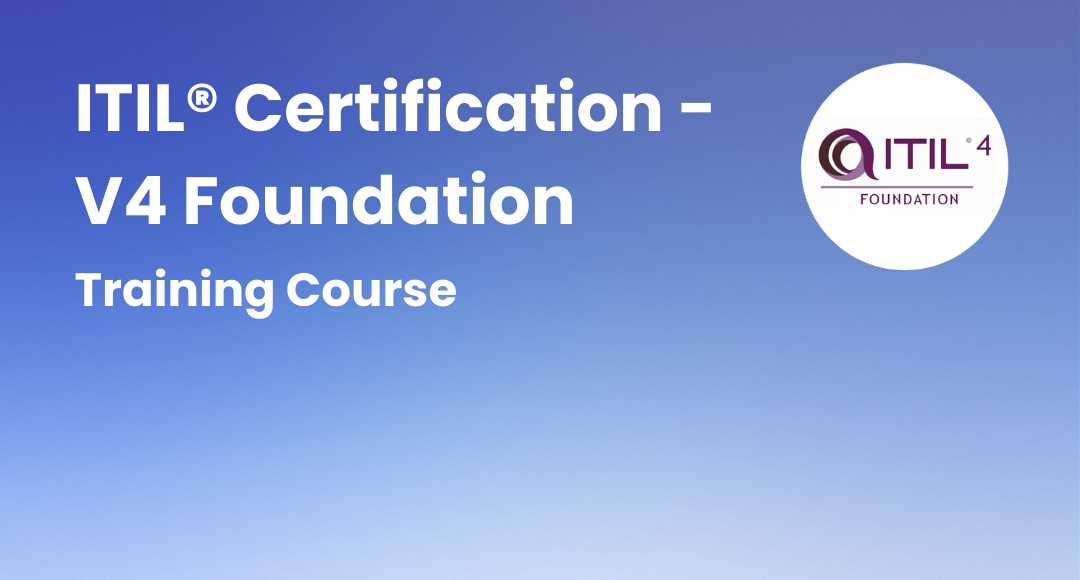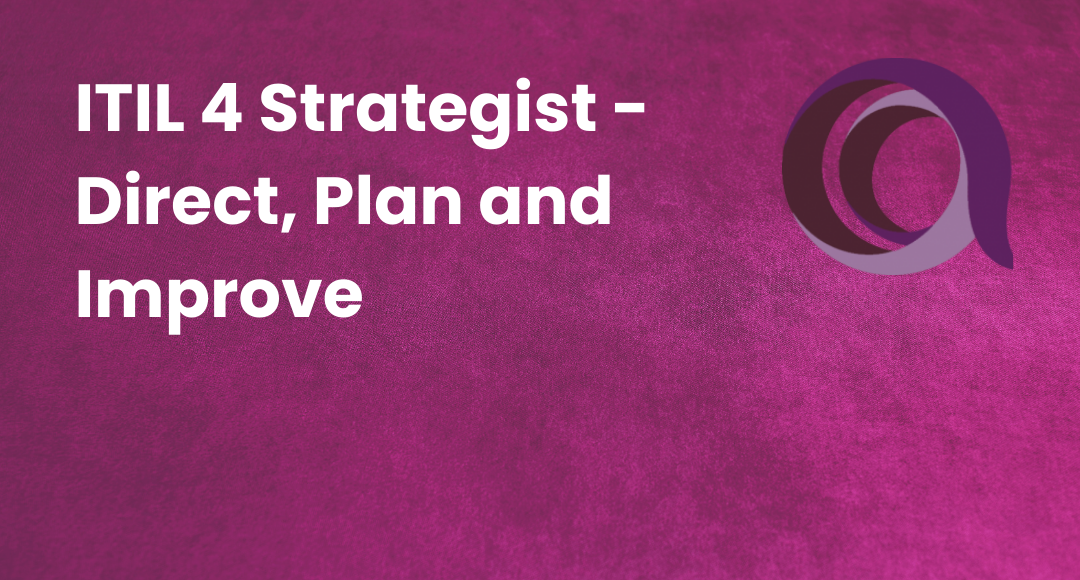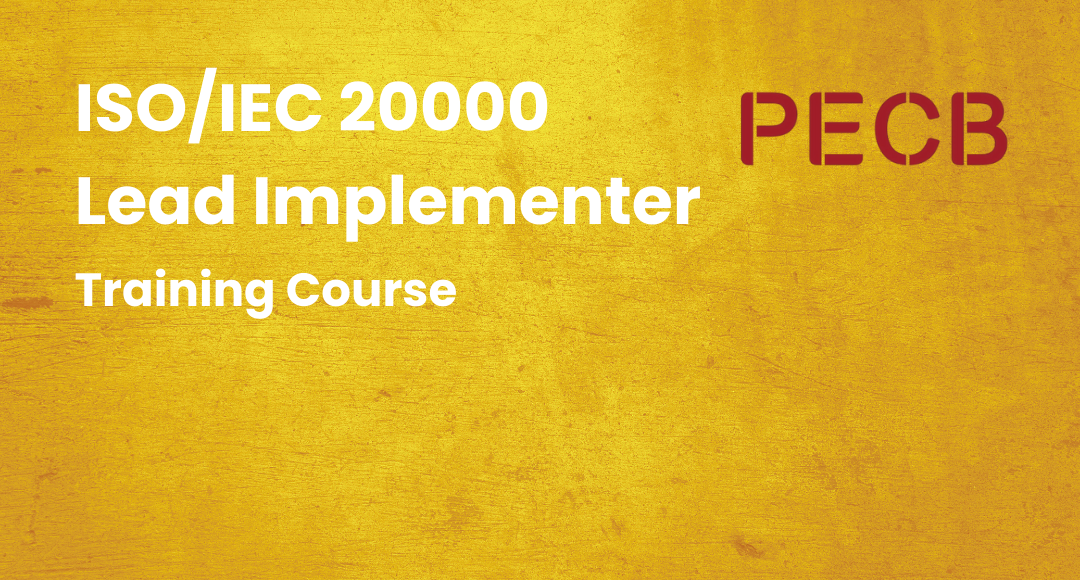The ITIL 4 Service Desk Guide – Importance and Types
-
 By Sushmith
By Sushmith - Published on Jan 3 2024

Table of Contents
Introduction
A Brief ITIL 4 Service Desk Guide
What is ITIL? Information Technology Infrastructure Library, or ITIL, is a practicable series of designed frameworks that help standardize the lifecycle of IT service management for any type of business. The concept of ITIL and ITIL Framework in IT service and security is to provide guidance that helps in serving a better service.
Similarly, the service desk in ITIL is a point of communication that connects the user and the service provider, providing a single point of contact (SPOC). This point of contact does not only connect the service providers and their users but also keeps employees and customers in contact with stakeholders. The main objective of a service desk is to assist and ensure that every user receives help efficiently and in the best way possible.
The service desk is a cognitive concept designed to typically provide service to the user while making sure to keep in contact with other parts of the business. A service desk is typically designed to manage all service-related tasks and activities, keeping users in close contact with the service providers.
In this article of the ITIL 4 Service Desk Guide, we'll learn about the different types of service desks, as well as the processes, practices, and functionalities they provide.
Now, before getting into details about the ITIL 4 Service Desk processes and practices, let’s discuss why service desks are important...
Importance of ITIL 4 Service Desk
In this widely and rapidly expanding domain of IT technology, it is very important to manage incidents and also deliver a quality service to its users. With the help of ITIL Service Desk, IT organizations will improvise a centralized system for dealing with IT incidents and IT service requests.
The majority of itsm activities are frequently handled by the service desk. Activities such as incident management and SLA management take part in reporting problems functioning under minor changes. Organizations also consider implementing an ITIL service desk into their servicing techniques to maximize their service-related benefits.

To better understand the importance of ITIL 4 Service Desk, let's now talk about some of its benefits:
– Improves User’s Interaction Quality:
As we all know, a quality service to a user is what every organization’s service prioritizes. The service desk is also called "Complete Support." The service desk platform centralizes all user demands by bridging the gaps for product inquiry, service, and other customer needs. Hence, it aids in providing a quality interaction to make users realize the delivery of their demands.
– Improves Response Time
The parameters followed for solving requests vary from organization to organization. Standardization of responses is done by choosing suitable standards to solve a problem. By providing precise and effective solutions, a service desk helps speed up the service process.
– Improves User Satisfaction
When the services delivered are faster and more efficient, despite having an issue, users are more likely to continue doing business with the same organization. By providing a quality service and quick responses to their issues, the user’s experience is improved, and users are now much more satisfied.
– Enables you to measure performance
Corrections are made automatically by spotting a system, product, or service that deviates from the standard, minimizing any negative effects on the user. By enabling the monitoring of performance indicators, service desk technology also makes it possible to gauge the level of customer satisfaction. This implies that user support can be incorporated into strategic planning with highly favorable outcomes.
ITIL Service Desk Stages
In the realm of IT Service Management (ITSM), the IT Infrastructure Library (ITIL) outlines a structured approach to service delivery, which includes distinct stages within the ITIL service desk framework. Understanding these stages is pivotal for organizations aiming to optimize their IT service operations. The ITIL 4 Service Desk Guide delineates the progression through the following key stages:

Incident Logging:
This initial stage involves the logging of incidents reported by users. The service desk ITIL v4 captures essential details, such as the nature of the issue, contact information, and the affected service. Efficient incident logging sets the foundation for effective resolution.
Incident Categorization and Prioritization:
Once incidents are logged, they undergo categorization and prioritization. This stage helps in classifying issues based on their nature and impact, allowing the ITIL service desk to prioritize and allocate resources accordingly. Categorization streamlines the resolution process.
Incident Investigation and Diagnosis:
Service desk personnel investigate and diagnose reported incidents. This involves analyzing the root cause of the issue and determining the appropriate resolution path. Thorough investigation ensures a comprehensive understanding before proceeding to the resolution phase.
Incident Resolution:
The resolution stage involves implementing the necessary actions to address the identified issues. This may include applying known solutions, escalating complex problems, or engaging with other ITIL processes, such as Change Management, to implement permanent fixes.
Incident Closure:
Once the incident is resolved, the service desk ITIL v4 ensures proper closure. This involves confirming with the user that the issue has been addressed to their satisfaction, updating documentation, and closing the incident record. Proper closure contributes to a robust knowledge base for future reference.
User Feedback and Continuous Improvement:
Post-incident resolution, gathering user feedback becomes crucial. This information aids in assessing ITIL service desk performance and identifying areas for improvement. Continuous improvement initiatives based on feedback contribute to the enhancement of overall IT service delivery.
Types of Service Desk in ITIL
Now that we understand the basic benefits of implementing an ITIL service desk, let’s talk about the types of service desks in ITIL.

Though there are a few different ways to implement a service desk, there are three major types of service desks in ITIL. Each of these types comes with its own pros and cons. Hence, it is important for organizations to wisely choose the most appropriate one.
1. The Local Service Desk
The implementation of a local service desk would take place only if the company chooses to open a desk in each of the eight sites. Calls coming from different locations would be directed to a local service desk in the same region. For example, calls coming from the UK would be directed to the UK service desk, and so on. I guess you get the picture.
Pros: Lingua franca may be the preferred method of communication at a local service desk. As a result of the ability of users and service desk staff to relate to one another, there may be a greater knowledge of the current problems and quicker resolutions. Additionally, customer satisfaction will skyrocket.
Cons: Local help desks are super expensive. Eight service desks, complete with staff, facilities, and administration, will need to be established by the organization throughout the world.
2. The Centralized Service Desk
As obvious as it may seem, this type of service desk is located and operated centrally, forming a centralized network. All company sites from different locations can dial through this centralized service desk, which is located in the center of the business. Furthermore, the degree of centralization will be determined by the business.
Pros: The most significant red flag when referring to centralized service desks is cost. There have been significant cost savings, and businesses can use technology like VoIP to further cut the cost of calling abroad.
Cons: A local service desk's ability to add a human touch is obviously lacking. Also, any problems with the telecommunications providers or any breakdowns in the communication system will prevent this from serving its intended purpose.
3. Virtual Service Desk
Virtual service desks, also called virtual help desks, are one of the most commonly used and implemented types of service desks. There is a centralized service desk that remotely handles all other queries received from other locations.
Pros: It is the most cost-effective way to provide reliable service to customers. With the aid of virtual help desks, IT representatives may quickly identify and resolve computer issues by remotely accessing end systems during support sessions. The help desk becomes more effective as a result of the elimination of ineffective in-person interactions with clients and/or handset tech support sessions.
Conclusion
The ITIL, or Information Technology Infrastructure Library, is a workable collection of predefined frameworks that aid in standardizing the lifecycle of IT service management for any kind of business. The service desk is a cognitive idea that is often used to offer service to the user while making sure to stay in touch with other areas of the organization.
IT businesses will devise a centralized system for handling IT problems and service requests with the aid of the ITIL Service Desk.
There are three primary types of service desks in ITIL, even though there are numerous ways to deploy one. The benefits and drawbacks of each of these categories vary. Businesses must make a considered decision regarding the best one.
To understand more about the practices and application principles of TITL service desk in ITSM, enroll now in Sprintzeal’s ITIL 4 Managing Professional Transition Certification and get professionally certified. Do visit Sprintzeal’s all courses page to explore more courses to land in your desired profession.
FAQ
What is a service desk in ITIL v4?
The ITIL v4 Service Desk is a centralized point of contact managing incidents, service requests, and providing information for efficient IT service delivery.
What is the purpose of the ITIL service desk practice?
The ITIL Service Desk practice aims to efficiently capture and manage user requests and incidents, ensuring timely resolution and enhancing overall customer satisfaction.
What is the use of a service desk?
The Service Desk functions as the primary contact point for users, handling incidents and service requests, fostering effective communication, and contributing to swift issue resolution in IT service delivery.
Is IT service desk a good career?
Yes, a career in IT service desk can be rewarding, offering opportunities to develop technical skills, problem-solving abilities, and customer service expertise, and serving as a valuable entry point to the broader IT field.
Subscribe to our Newsletters
Popular Programs
ITIL 4 Strategist – Direct, Plan And Improve
Live Virtual Training
- 4.8 (350 + Ratings)
- 3k + Learners
ITIL 4 Specialist: Create, Deliver and Support
Live Virtual Training
- 4.2 (74 + Ratings)
- 25k + Learners
ITIL 4 Specialist Drive Stakeholder Value Certification
Live Virtual Training
- 4.3 (82 + Ratings)
- 18k + Learners
Trending Posts
Top 25 ITIL Interview Questions and Answers in 2026
Last updated on Feb 12 2025
ITIL Guiding Principles Explained
Last updated on Jun 30 2023
What is ITIL – Information Technology Infrastructure Library jobs and Certification Benefits
Last updated on Apr 19 2024
ITIL Processes List – 26 ITIL Processes and 5 ITIL Service Lifecycle Stages
Last updated on Feb 19 2025
Top 5 IT Service Management Tools in 2026
Last updated on Feb 27 2024
Top Incident Manager Interview Questions and Answers 2026
Last updated on Oct 16 2024
Categories
- Other 69
- Agile Management 45
- Cloud Computing 56
- Project Management 172
- Big Data 66
- Business Management 88
- Digital Marketing 78
- IT Service Management 29
- Programming Language 58
- AI and Machine Learning 76
- IT Security 112
- Quality Management 78
- IT Hardware and Networking 25
- Microsoft Program 4
- Workplace Skill Building 13
- Risk Management 9
- Information Security 8
- Leadership and Management 9
- Corporate Training and Development 1
Trending Now
ITIL Framework and Certifications Guide 2026
ArticleTop 25 ITIL Interview Questions and Answers in 2026
ArticleWhat is ITIL – Information Technology Infrastructure Library jobs and Certification Benefits
ArticleHow to become a certified ITIL Expert in 2026
ArticleIs ITIL a fit for your organization's culture?
ArticleITIL Framework Explained (Updated)
ArticleTOP 10 BENEFITS OF TOGAF CERTIFICATION IN ENTERPRISE ARCHITECTURE
ArticleThe Importance of ITIL certification and scope for career growth
ArticleITIL Certification Levels and Job Scope
ArticleWell Explained : The IT Service Management and ITSM Design, Concepts and its Benefits
ArticleAll about ITIL 4 practices – Updates, Service Types and Benefits
ArticleITIL Strategist Certification Overview And Career Path
ArticleEnterprise Architect Interview Questions and Answers 2026
ArticleMost Asked Release Manager Interview Questions and Answers 2026
ArticleHow to Become a Release Manager
ArticleITIL Processes List – 26 ITIL Processes and 5 ITIL Service Lifecycle Stages
ArticleAxelos and TSO launch MSP Foundation app
ArticleITIL Problem Management Guide for Beginners
ArticleITIL Guiding Principles Explained
ArticleWhat is ServiceNow - A Beginner's Guide
ArticleServiceNow - What is it, Fundamentals And Features
ArticleA Guide to Enterprise Asset Management
ArticleTop 5 IT Service Management Tools in 2026
ArticleService Value System in ITIL 4 Explained in Detail
ArticleWhat Is IT Mapping?—An Essential Guide
ArticleTop 6 ITSM best practices
ArticleESM vs ITSM - Key Differences Explained
ArticleTop Incident Manager Interview Questions and Answers 2026
Article















